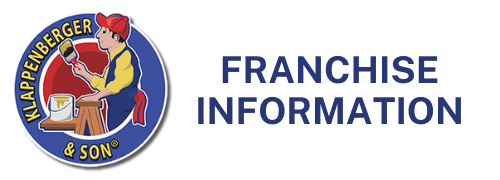The first thing we need to take a look at is, how many estimates are required to reach a certain income? An established painting company could easily have 6-8 estimates scheduled a week and twice that many during busy times of the year. It certainly isn’t unheard of, but a new company that’s just getting started is might only be averaging about three and a half estimates a week. With an aggressive marketing campaign, certainly a first-year company could average more than 3.5 estimates a week, but in this scenario with a moderate marketing budget of say $1,500 a month, 3.5 is realistic number of estimates.
3.5 estimates a week comes out to 182 estimates a year.
The average job size in the painting industry is $4,500.
182 estimates multiplied by $4,500 gets us to $819,000 worth of work that was estimated.
Now we’re not going to close everything we estimate. The industry average is 30%. A first-year business owner might not close 30%. But not everyone will. IA bad close rate is 10% and a master salesperson might be 60%. But the industry average is 30%.
Under this scenario a 30% close rate means closing $245,000 worth of work.
What is the net profit? Industry averages are between 15% and 25% but I know owners who do much worse than 15% and some people who do better than 25%, but the average is between 15 to 25% your results may vary, but for the case of this scenario, which is just a scenario, I’m choosing 20%.
20% profit of that $245,000 gross sales is $49,000.
Does that mean that if someone gives twice as many estimates that they will have twice the profits? Short answer is maybe.
There are five factors that really influence whether your margins. Estimating a job in no way guarantees that you will get it.







